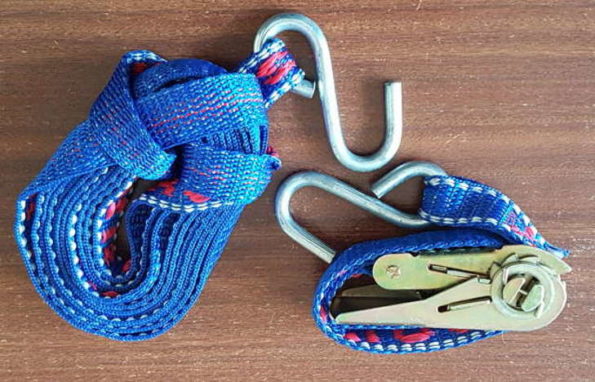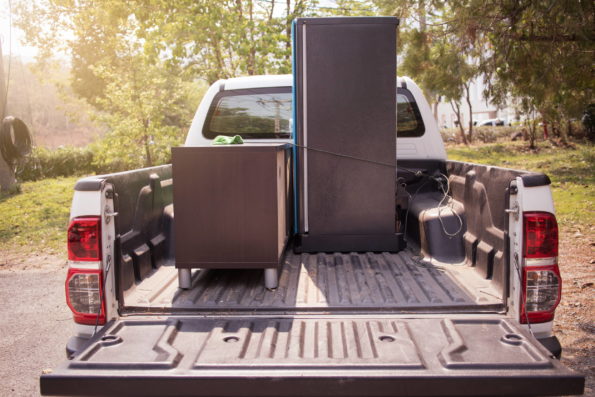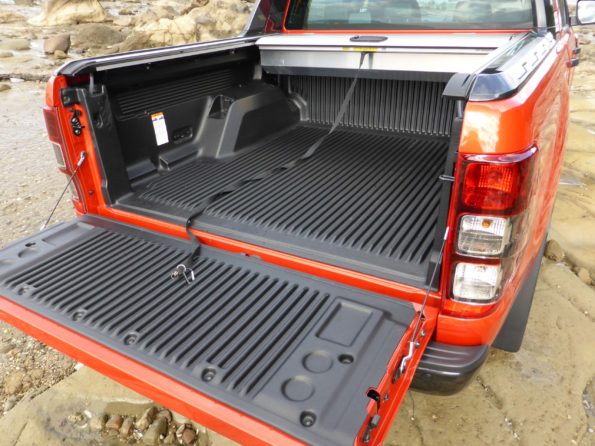If you don’t want to hire a removals company, you can do it yourself, either in a trailer or a rented truck. While you can use a cage trailer or a ute, it’s best to choose a vehicle with a roof in case it rains, such as a van or small furniture truck. A roof also minimises the risk of something blowing away.
Load balance
If you’re using a trailer, it is critically important you balance the load correctly:
- Load too far forward: your steering will become light and your braking distance will increase as the rear suspension is compressed, taking grip from the front wheels. You can also overload the towbar and it’s possible that your exhaust system will hit the road and the rear suspension will be damaged as it bottoms out.
- Load too far backwards: risk of the trailer jackknifing as the rear wheels are lifted by upwards pressure on the towbar. Extreme risk of fishtailing if the centre of gravity is behind the trailer’s wheels.
If you’re using a van or truck, it’s easy to overload the front axle if you load all your heavy items up against the divider between the loading area and the passenger area; spread the load out, if possible, and balance the load from side-to-side, too (this reduces the risk you’ll tip over on a corner).
Tying down and restraining the load
It’s best to use a mixture of tie-downs using 25mm ratchet straps, plus blocking and containing, i.e. packing items close enough together so that they don’t tip. If you don’t have a roof, you’ll need a net or tarpaulin for wind and rain protection, and to stop light items lifting up in the wind.

Make sure that webbing straps are protected against sharp edges on the load. You can use cardboard or carpet over the edges. Your furniture might need to be protected from the straps, too – blankets and towels work well.
Ropes are not advisable because they don’t spread the forces over the items, they are more difficult to tie, they are affected by the weather and they stretch more than webbing ratchet straps.
When moving, you’ll have some items which are tall and heavy, such as a fridge. Tall items must be either tied to the wall of the truck or trailer, or blocked by other items so that they can’t topple over.

Large furniture items are best placed around the outside of the load space, tied against the headboard, sides or tailgate. Spread the load across the vehicle.
If you are blocking your load rather than tying it down, it’s important to keep the centre of gravity below the height of the ute or trailer sides so that the load doesn’t topple over the side.
Heavy items
Keep the heaviest items over the top and just in front of the wheel axles. Heavy items should be placed on the bottom with lighter items on the top.
Reducing the centre of gravity helps keep the vehicle or trailer stable.
Reduce movement
Pack items tightly so that they can’t move. If an item shifts while braking, cornering or accelerating, it can cause damage. Use packing material to fill spaces; cardboard boxes work well for larger spaces while rolls of bubble wrap and towels work for smaller gaps.
Loading
If you’re hiring a truck, one with a taillift will make it easier. If not, use a loading ramp, but be careful if it’s raining as the ramp can get slippery. Secure the ramp before you drive away.
If you’re using a ute, you’ll have a fold-down tailgate. These are usually rated to around 200kg, so be careful not to overload it.

If you’re using a trailer, use ramps if available. Try to avoid jumping off the trailer as it’s easy to twist your ankle.
If you want to save your energy and speed up loading and unloading, you can purchase a cheap trolley from a hardware store. Make sure you secure this properly for the journey, too.
Checking the load
It’s best to stop after 5km and check your load hasn’t shifted. Resecure items if they have moved.
